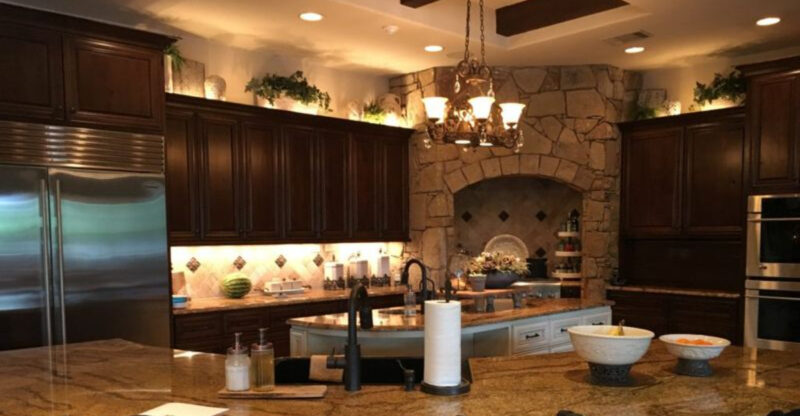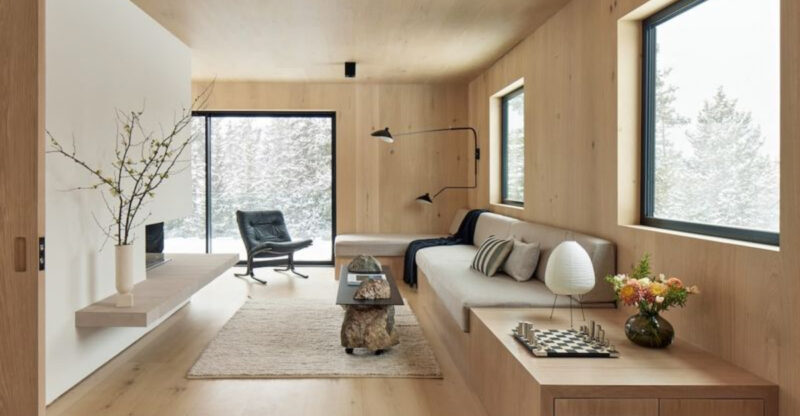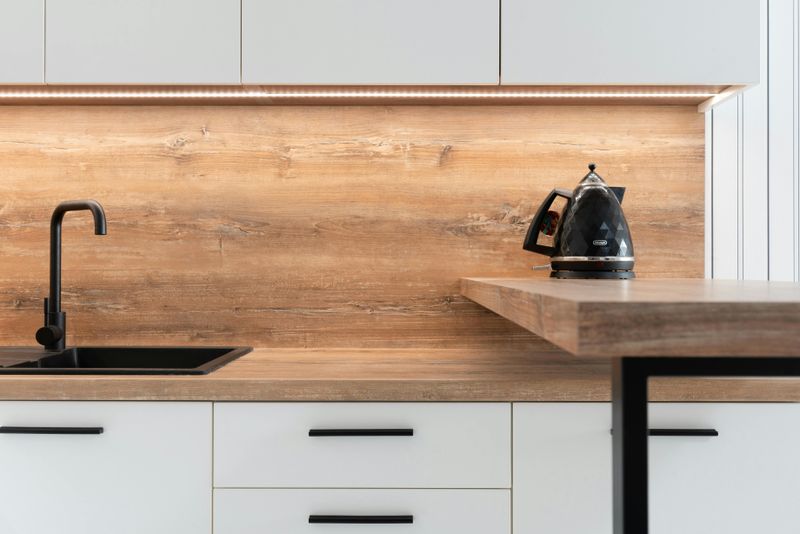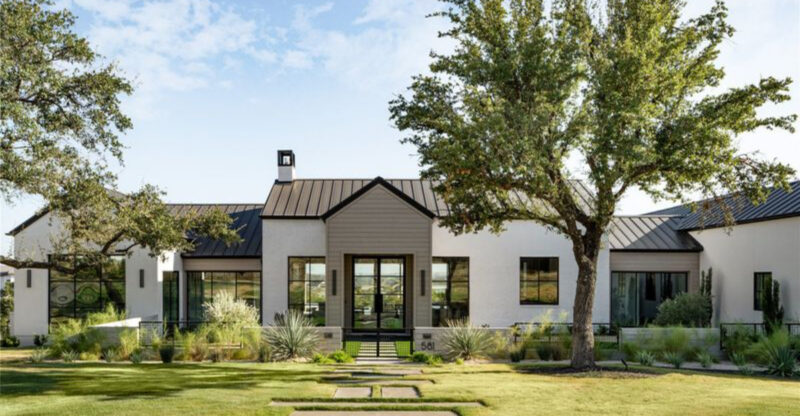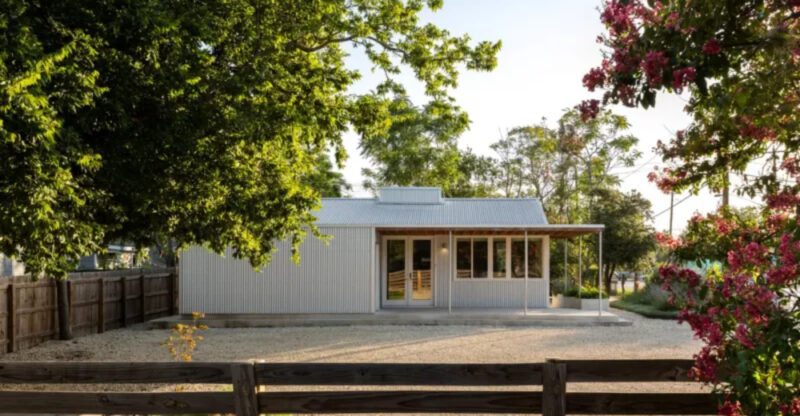10 Home Types Expected To Drop In Value Across States Like Arizona By The End Of 2025
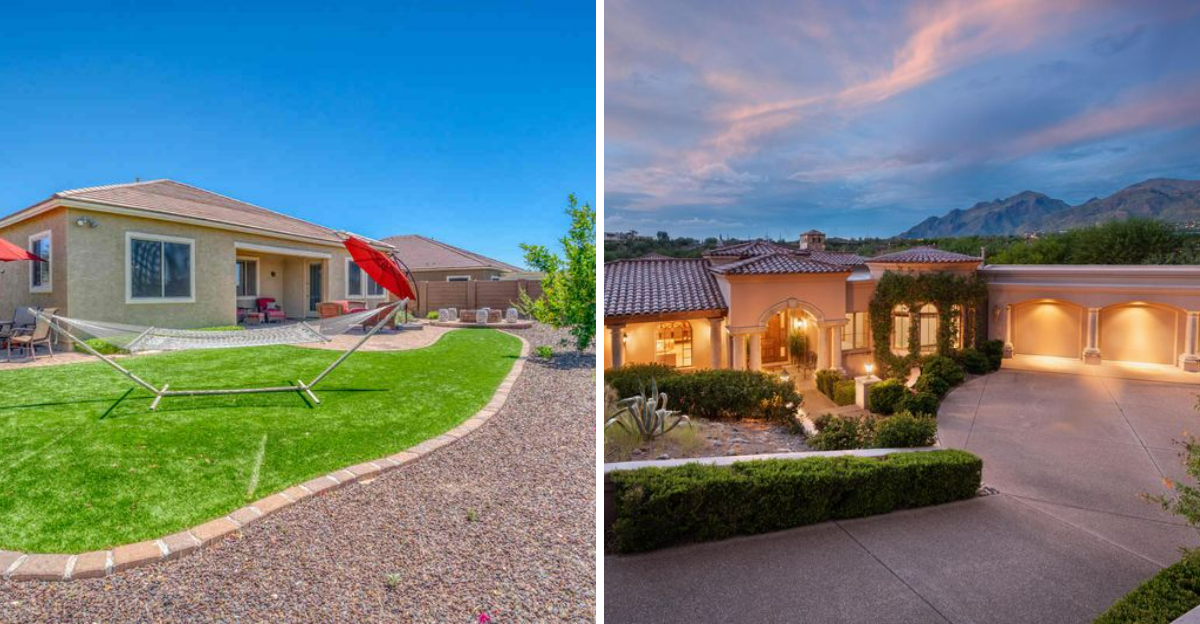
The housing market is always changing, and some types of homes may lose value faster than others. If you’re thinking about buying or selling a home in states like Arizona, understanding these trends can help you make smarter decisions.
Let me walk you through the home types that experts predict will see price drops by the end of 2025.
1. Luxury Vacation Homes in Desert Areas

Buyers are becoming more cautious about spending on second homes in remote desert locations. Rising maintenance costs and water shortages make these properties less appealing.
Many owners struggle to rent them out during off-peak seasons. Insurance premiums have also climbed due to extreme heat and fire risks, cutting into potential profits for investors looking at vacation rentals.
2. Golf Course Community Properties

Golf isn’t as popular with younger generations, which means fewer people want to live on a golf course. HOA fees in these communities can be incredibly high, sometimes reaching thousands per year.
Courses require tons of water to stay green, and with drought conditions worsening, maintenance becomes expensive. I’ve noticed that families prefer neighborhoods with parks and trails instead.
3. Older Manufactured Homes
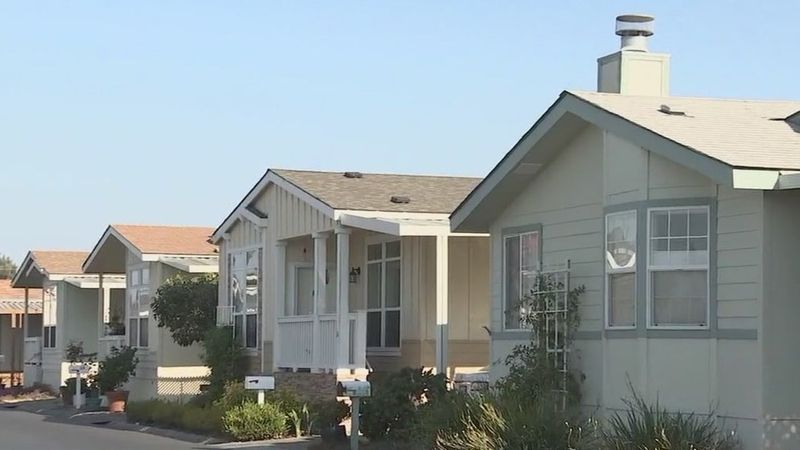
Energy efficiency is a big deal now, and older manufactured homes just don’t measure up. They often lack proper insulation, leading to sky-high cooling bills during brutal Arizona summers.
Banks are also hesitant to offer favorable loans for these properties. Depreciation happens faster compared to traditional homes, making them a risky investment for most buyers seeking long-term value.
4. Single-Story Suburban Sprawl Homes
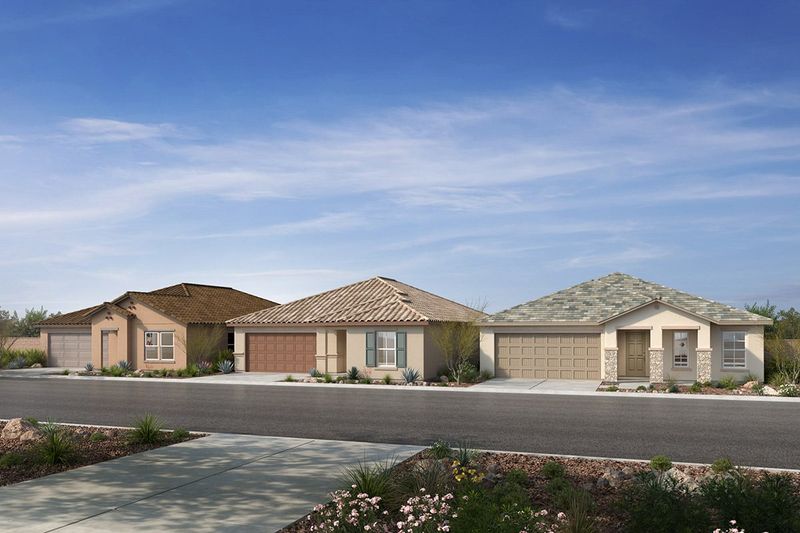
Urban planners are pushing for denser housing to combat sprawl and reduce environmental impact. Single-story homes on large lots consume more land and resources than multi-level designs.
Commute times from these far-flung suburbs are exhausting for workers. Younger buyers want walkable neighborhoods with shops nearby, not isolated houses requiring long drives for every errand or activity.
5. Homes with Grass Lawns
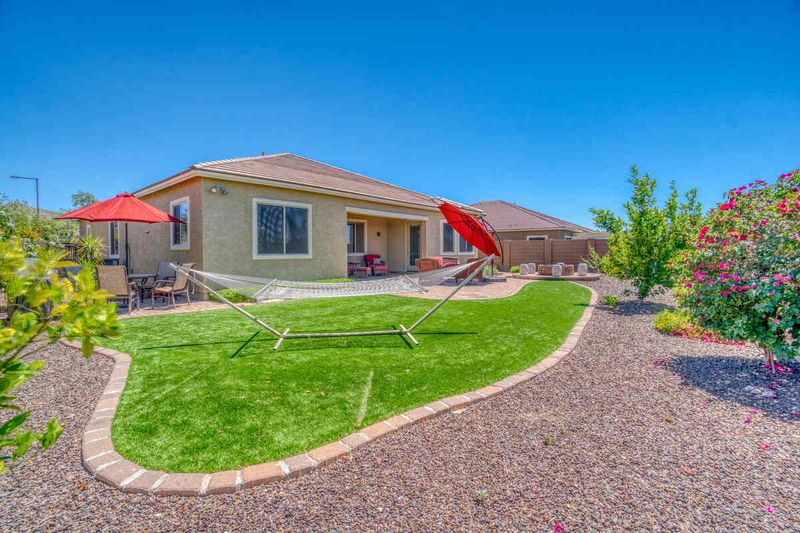
Water conservation is critical in Arizona, where droughts are becoming the norm rather than the exception. Grass lawns guzzle water and require constant care, which doesn’t sit well with eco-conscious buyers.
Desert landscaping with native plants is gaining popularity because it’s practical and beautiful. Homes clinging to traditional lawns might struggle to attract offers from environmentally aware purchasers.
6. McMansions Built in the 2000s

These oversized homes were trendy two decades ago, but tastes have shifted dramatically. Many feature outdated layouts with formal dining rooms and unused bonus spaces that modern families don’t need.
Energy costs for heating and cooling these giants are astronomical. Maintenance becomes a full-time job, and younger buyers prefer smaller, more efficient homes that fit their lifestyle without draining their wallets.
7. Condos in Oversaturated Markets

Developers went overboard building condos in certain Arizona cities, flooding the market with nearly identical units. When supply exceeds demand, prices naturally fall as sellers compete for limited buyers.
HOA fees keep climbing while amenities deteriorate from overuse. I find that many condo owners feel trapped, unable to sell without taking a loss or waiting years for the market to recover.
8. Fixer-Uppers Requiring Major Renovations

Construction costs have skyrocketed, making renovation projects far more expensive than they used to be. Buyers calculate the total investment and realize they could purchase a move-in-ready home for less money.
Labor shortages mean contractors are booked months in advance. Most people don’t have the time, skills, or patience to manage extensive remodeling, so these properties sit unsold and lose value steadily.
9. Homes in Wildfire-Prone Zones
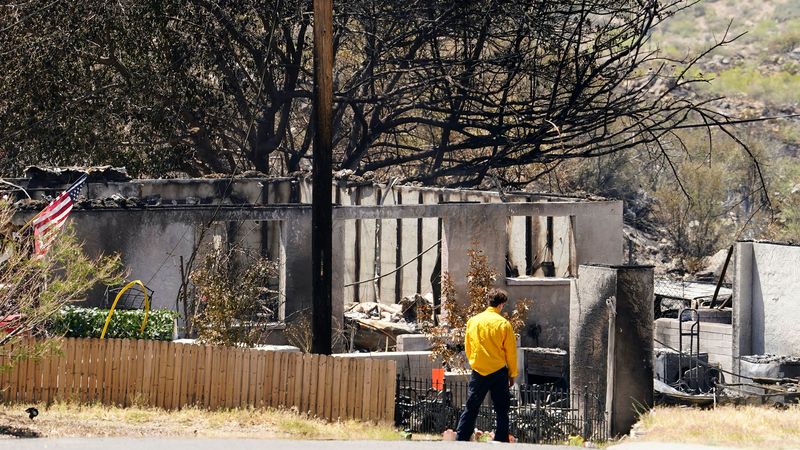
Insurance companies are dropping coverage or charging outrageous premiums in high-risk fire zones. Buyers worry about losing everything to flames, which makes these locations extremely unattractive despite scenic views.
Evacuation routes can be limited in remote areas. Resale becomes nearly impossible when potential buyers learn about the fire danger, leaving current owners stuck with depreciating assets they can’t unload.
10. Investment Properties in Tourist-Dependent Towns
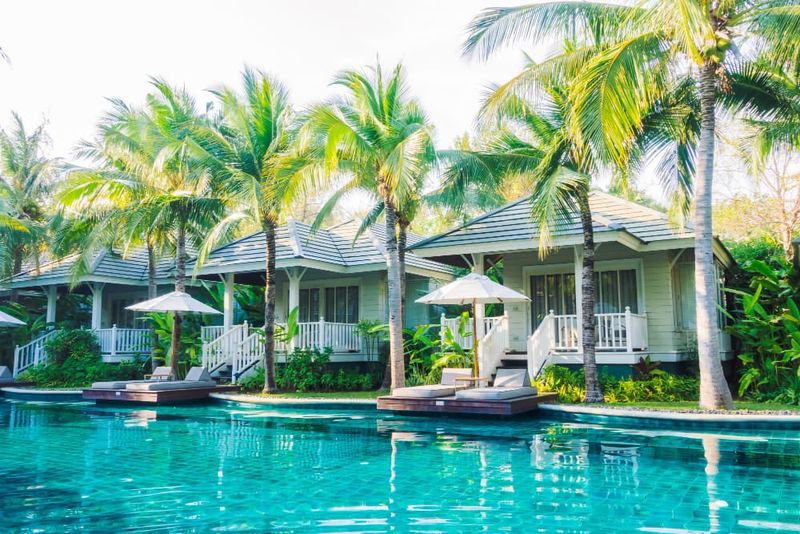
Tourism fluctuates based on economic conditions, and downturns hit these markets hard. Owners count on steady rental income, but empty calendars during slow seasons create financial stress and missed mortgage payments.
Regulations around short-term rentals are tightening in many communities. When local governments restrict vacation rentals, property values drop because investors lose their primary income source and rush to sell.


